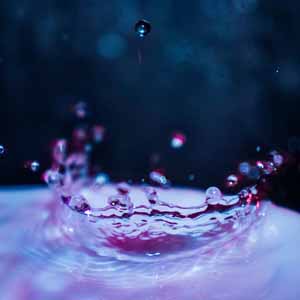Optical membrane for visual screening of mercury determination in drinking water based on polyvinyl chloride and dioctyl sebacate

Accepted: 14 November 2023
HTML: 5
All claims expressed in this article are solely those of the authors and do not necessarily represent those of their affiliated organizations, or those of the publisher, the editors and the reviewers. Any product that may be evaluated in this article or claim that may be made by its manufacturer is not guaranteed or endorsed by the publisher.
Authors
This study developed an optical membrane for detecting Hg pollution in water, using polyvinyl chloride and dioctyl sebacate (PVC-DOS). The primary aim was to assess the suitability of PVC-DOS optical membranes as a screening tool for Hg in drinking water. Specific objectives included determining optimal conditions (wavelength, reaction pH, response time) for Hg determination with PVC-DOS-based optical membranes and evaluating the visual performance (absolute and difference thresholds) for detecting Hg in drinking water. Laboratory experiments involved preparing PVC-DOS-based optical membranes composed of 1,5-diphenylcarbazone, PVC, and DOS mounted on mica paper holes. Optimisation of wavelength, response time, and reaction pH was performed (each five times). Absolute and difference thresholds were established. Optimal conditions were found to be a reaction pH of 6-9, a membrane response time of 45 minutes, and a purple Hg-positive membrane (wavelength 575-580 nm). The visual optical membrane method demonstrated an absolute threshold of 0.4 μg/L and a difference threshold of 0.5 μg/L. PVC-DOS-based optical membranes can effectively screen for Hg in water. This method involves dipping an optical membrane stick and comparing the result with a color standard.
How to Cite

This work is licensed under a Creative Commons Attribution-NonCommercial 4.0 International License.

 https://doi.org/10.4081/hls.2023.11781
https://doi.org/10.4081/hls.2023.11781



